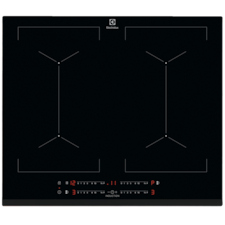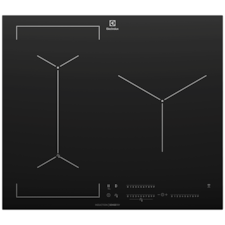If you are going to upgrade or equip your kitchen with a brand-new stove, choosing from the many options of stoves and hobs in the marketplace can be very daunting. There are several things to consider when choosing between a conventional conduction stove or a more contemporary option – an induction cooktop. A comparison infographic between induction, gas, and ceramic hobs compare some of the benefits for considerations.
But first, let’s take a look at what these cooktops are.
What is an induction cooktop?
Induction stoves come with a smooth flat cooking surface which is usually made of ceramic glass. However, unlike what you may already know about traditional stoves, an induction cooktop triggers your pots and pans to heat themselves directly rather than providing an external heat source to the cookware. You’re probably wondering how this works.
Here’s the explanation. Induction cooking heats a cooking vessel by electrical induction, instead of by thermal conduction from a flame, or an electrical heating element. Heat is coming from within the pan, making this method of cooking a lot more efficient.
There’s no cause for alarm there. Even if you’re are worried about electric shocks, rest assured – induction cooking is perfectly safe. The generated electrical currents are limited to your cookware’s base and are just strong enough to heat it. Therefore, now you can be worry free about burn wounds while cooking with an induction stove, and induction stoves are actually the safest option available.
Safety is just one of the many advantages of induction stoves. It is safe to touch, since it’s the cookware itself that gets heated, not the cooktop, making it quick to cook down and easy to clean as well.
Moreover, since induction cooktops are more energy efficient than ceramic heating or gas because heat isn’t lost in the transferring process, which ultimately translates to energy and cost-saving.
Check out some of our built-in induction hobs:








